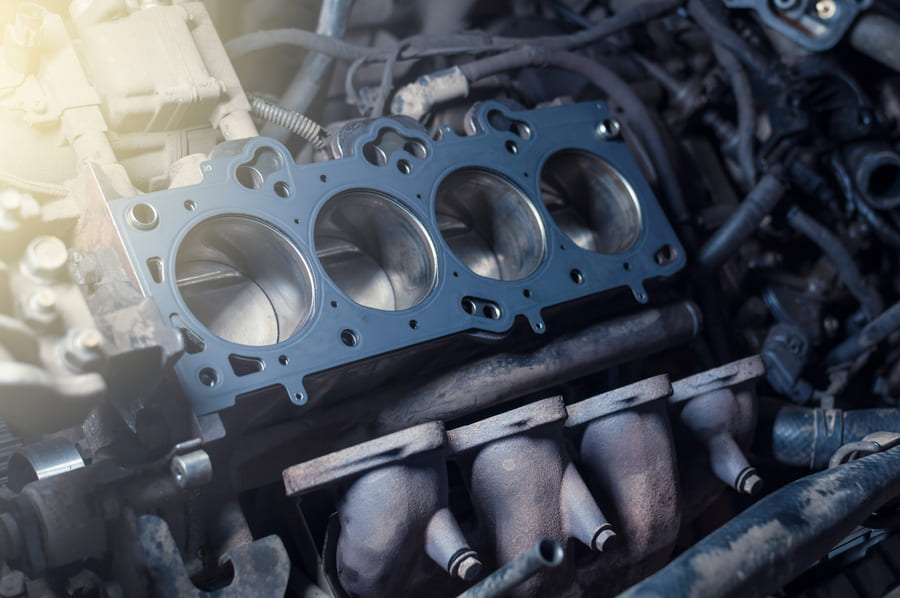
The cylinder head gasket acts as a seal between the engine block and cylinder head. Its primary function is to prevent a loss of compression and to stop engine gases from escaping. It also keeps the cylinders, engine oil and coolant separate from each other, ensuring that the coolant and oil don’t mix. The gaskets play an essential role in maintaining engine power and a blown or damaged head gasket can have serious consequences for the engine.
Modern cylinder gaskets are usually made from multi-layered steel joined together with elastomer. These components are durable and long lasting as they are able to withstand high pressures. However, some vehicles use copper gaskets, such as cars with high performance street engines. Copper distributes heat evenly, preventing warping. In the 70’s and 80’s, composite head gaskets made from graphite and asbestos were very popular, as they were resistant to corrosion. Nowadays, composite components are rarely installed, mainly because they are prone to leaks and have a short service life.
Common causes of head gasket failure
- Overheating. When the engine gets too hot it can cause warping and blow the gasket. This could eventually require expensive repairs. Causes of overheating include coolant leaks, broken coolant fans and blocked passages, etc.
- Wear. Like most other car parts, they wear over time, leading to leaks and other issues. It is important to replace the gasket on time or as recommended by the manufacturer to avoid costly repairs.
- A damaged engine block or head. This may reduce the gasket’s effectiveness as a seal.
- Installation errors. E.g. incorrect torque.
Symptoms of a faulty head gasket & how to test it
Do you think there might be a problem with your engine?
Look out for these signs of a blown cylinder head gasket:Testing: Please make sure to wear protective gloves and other safety equipment while conducting these tests.
Repair & maintenance tips
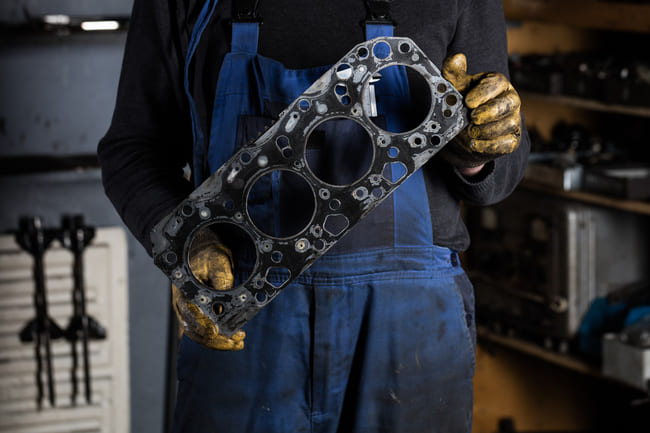
Due to the potential complexity and importance of cylinder head gasket repairs, it is generally recommended to pay a mechanic to do this for you. However, if you have the necessary skills and would like to save money, there are a few things you could do yourself. If the damage is minor and the engine can run for at least 15 minutes without overheating, it may be possible to use a head gasket sealer to fix small cracks in the cylinder head, leaks, and holes.
Preventing gasket failure:Frequently asked questions
⚠ How often should I replace my cylinder head gasket?
Modern head gaskets are very durable and generally last up to 200,000 miles, lasting as long as the car engine itself. However, it is advisable to conduct regular checks and act quickly when a problem is detected. It is much more cost effective to replace a head gasket than to pay for repairs for engine damage caused by a broken one.
⚠ How long does it take to install a new head gasket?
Replacing the head gasket can be quite a time-consuming task and it depends on the skills and experience of the person installing the part. It can take anything between a few hours and several days in extreme cases.
⚠ Am I still able to drive my car with a blown head gasket?
This is strongly advised against as it could lead to serious damage, requiring a complete engine replacement. The lack of engine stability caused by this poses a risk to the driver and passengers.
- @user_18300209.03.2022 18:09Member
When will you know that a blown gasket has had serious effect on the engine?

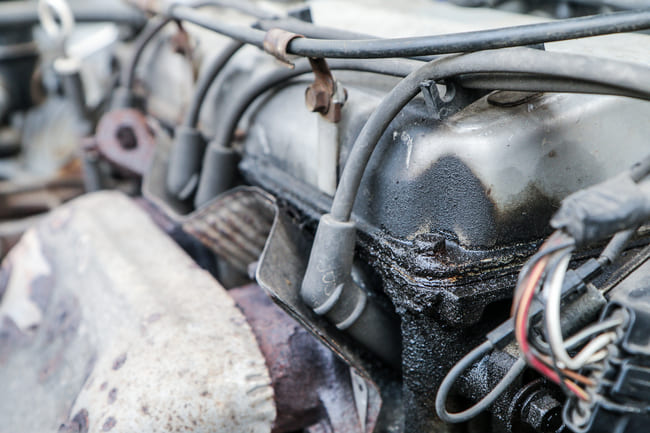
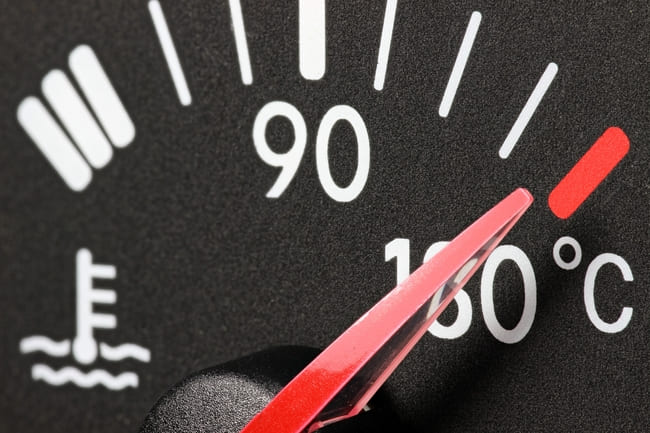

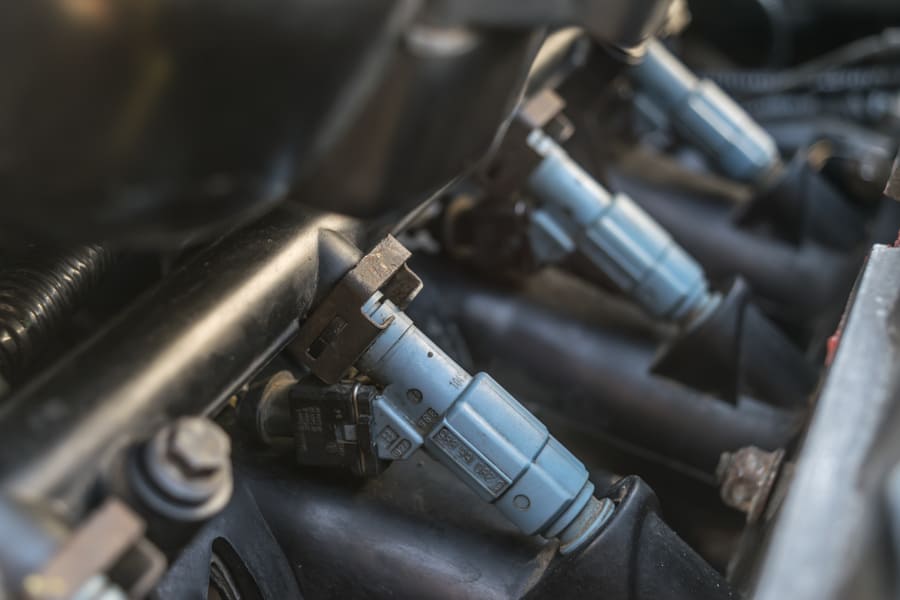
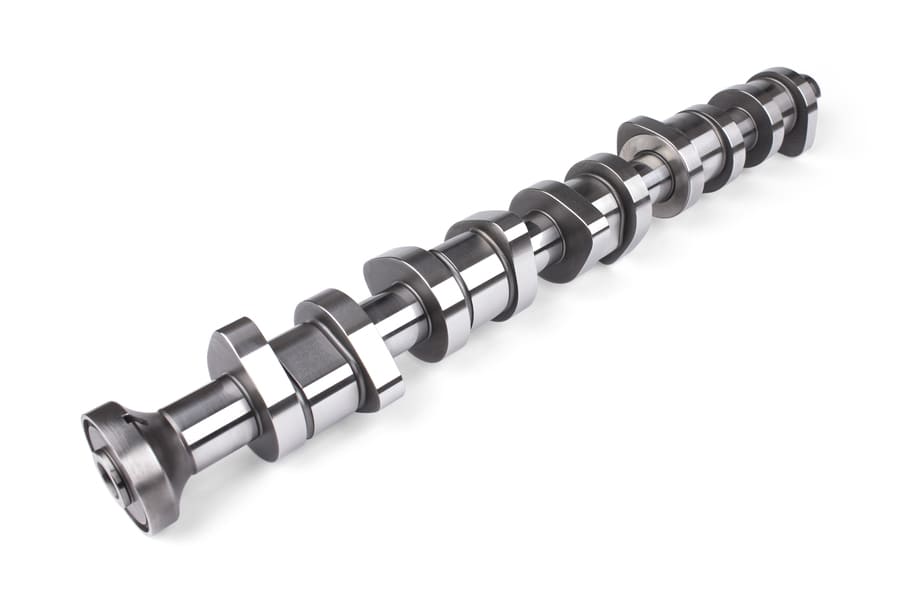
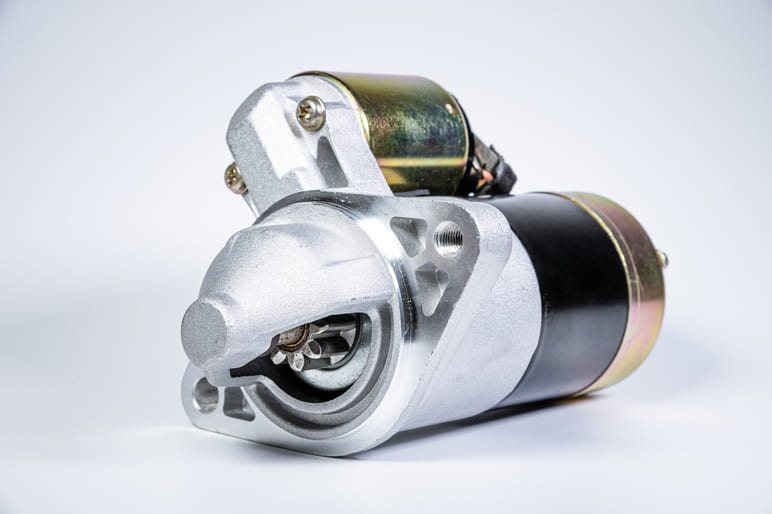
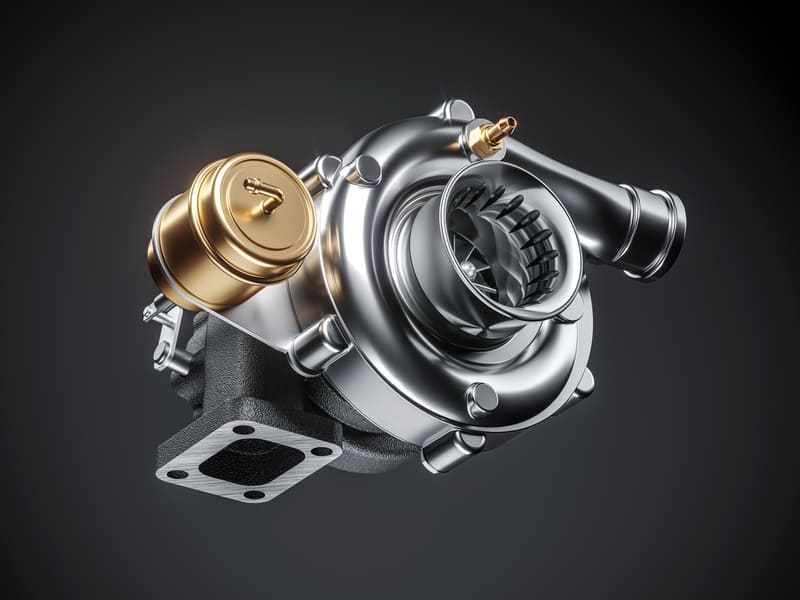
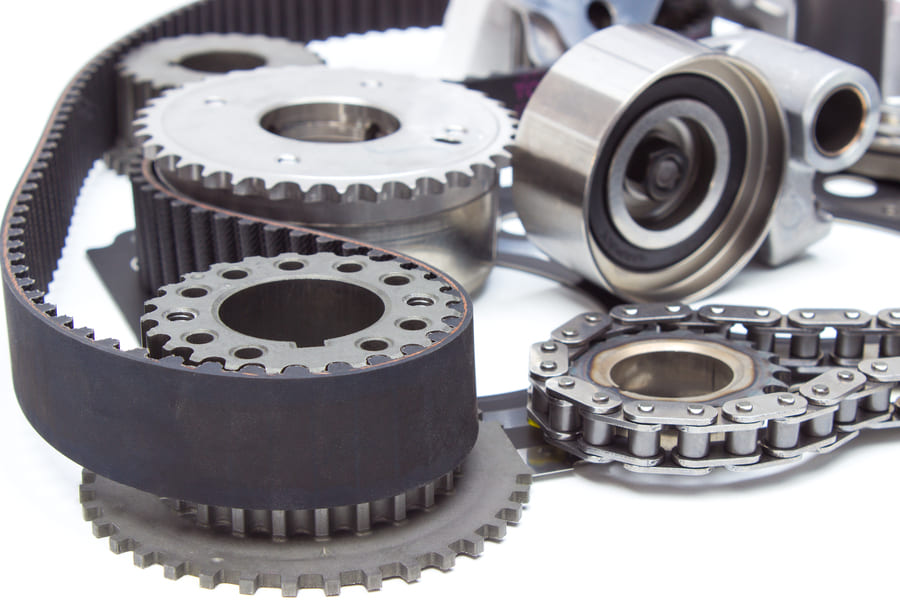
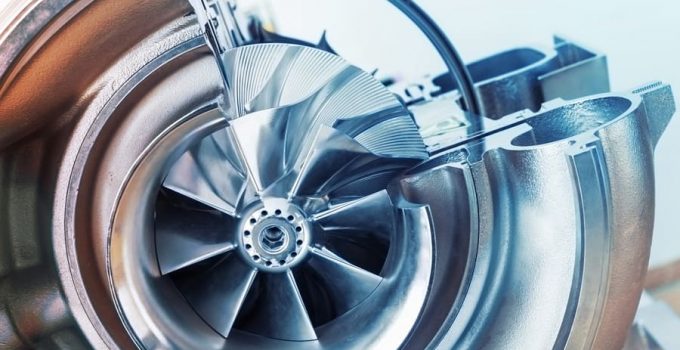
Comments – 1